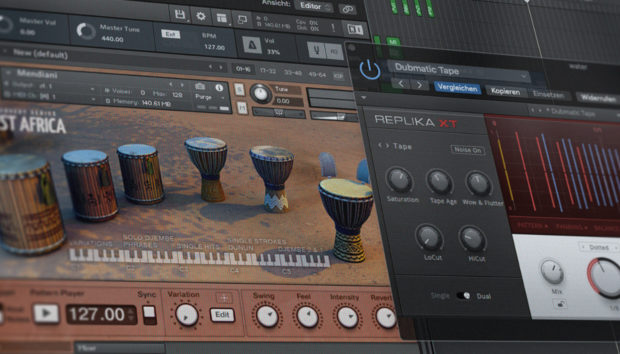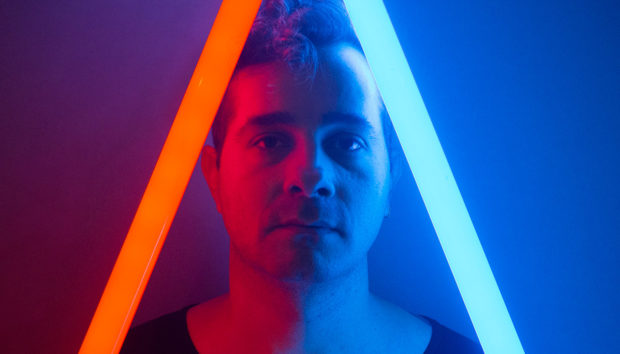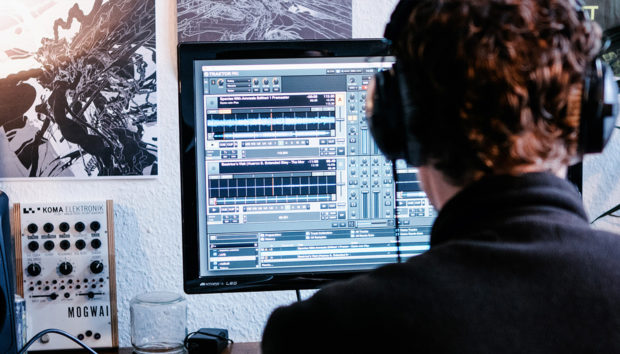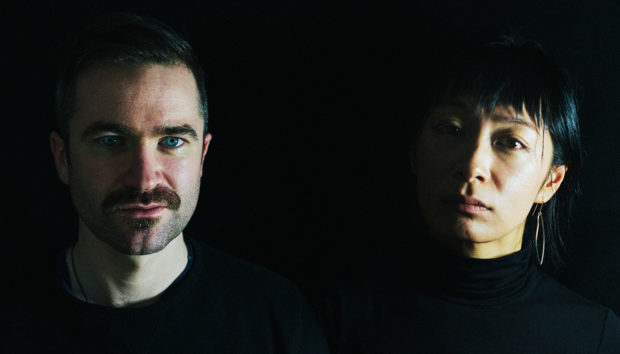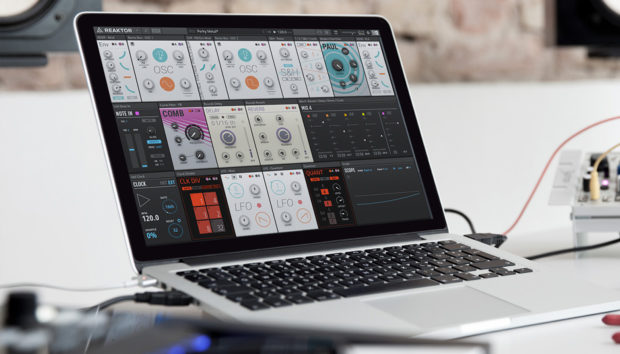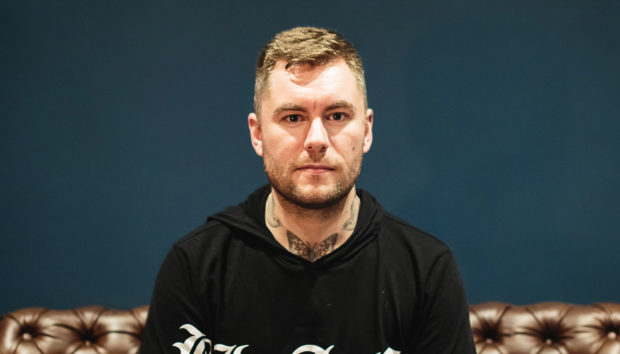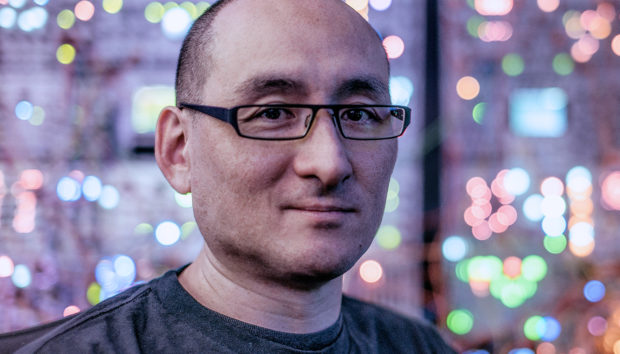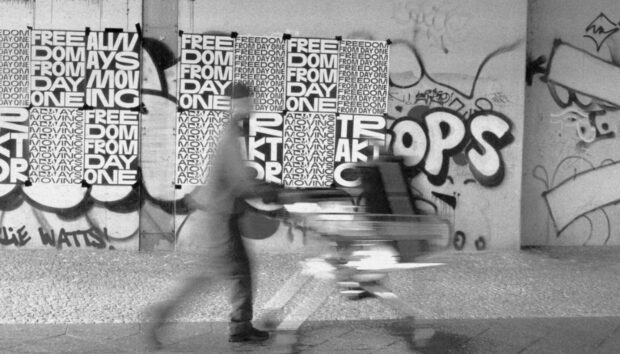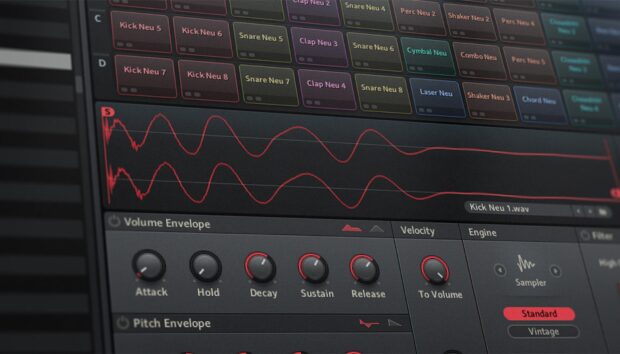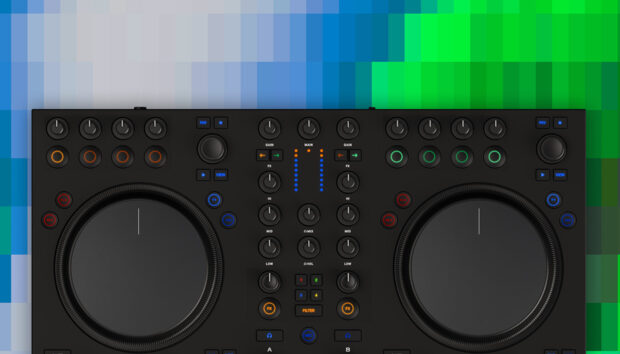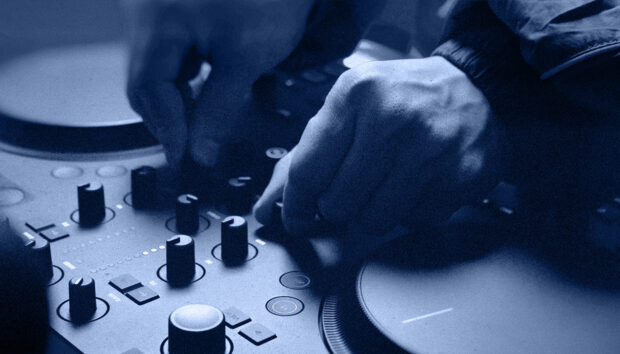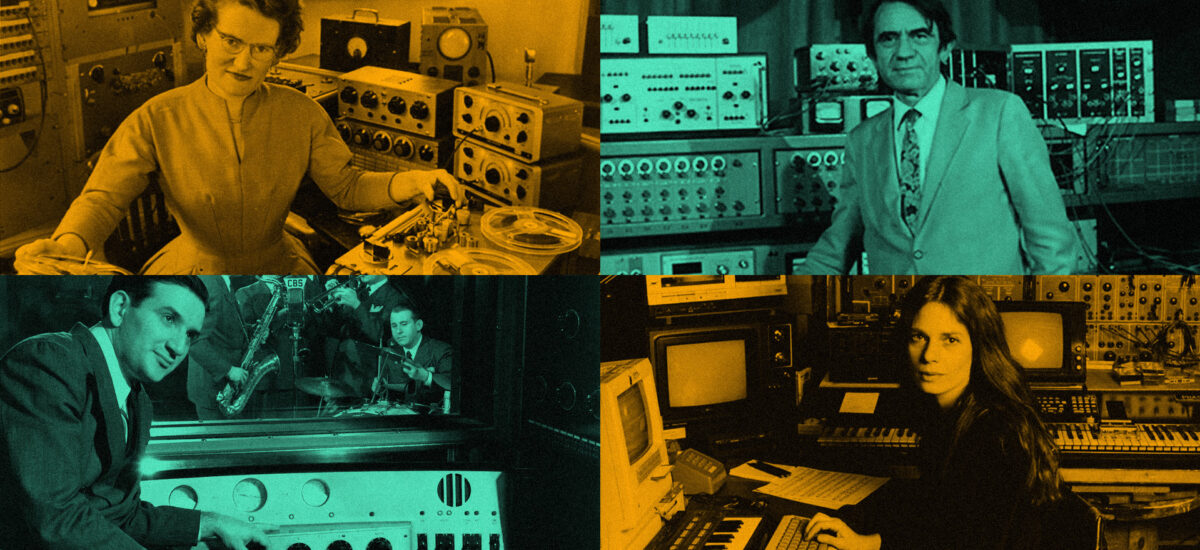
Have you ever been curious about the origins of electronic music, and the genre’s early composers who created it? It’s both fascinating and important to look back to learn about the pioneers of electronic music.
As Maya Angelou said, “You can’t really know where you are going until you know where you have been.” Electronic music uses electronic instruments and various technologies to create distincitve sounds with tools like a laptop and incredible sounding virtual instruments, synthesizers, and plugins.
Elements of electronic music have permeated almost every modern style of music today, and these sounds are largely owed to the early compositions from the pioneers who created the genre.
In this blog, we’ll learn about the pioneers of electronic music including Edgard Varèse, Daphne Oram, Laurie Spiegel, Pierre Schaeffer, Raymond Scott, Morton Subotnick, Wendy Carlos, and Suzanne Cianne. Maybe you’ll be inspired by their creative genius in your music!
Jump to these sections:
- Edgard Varèse
- Daphne Oram
- Laurie Spiegel
- Pierre Schaeffer
- Raymond Scott
- Morton Subotnick
- Wendy Carlos
- Suzanne Cianne
Ignite your electronic music creation by using Komplete Start, a free bundle of professional instruments, synths, and sounds that create endless sonic possibilities.
1. Edgard Varèse
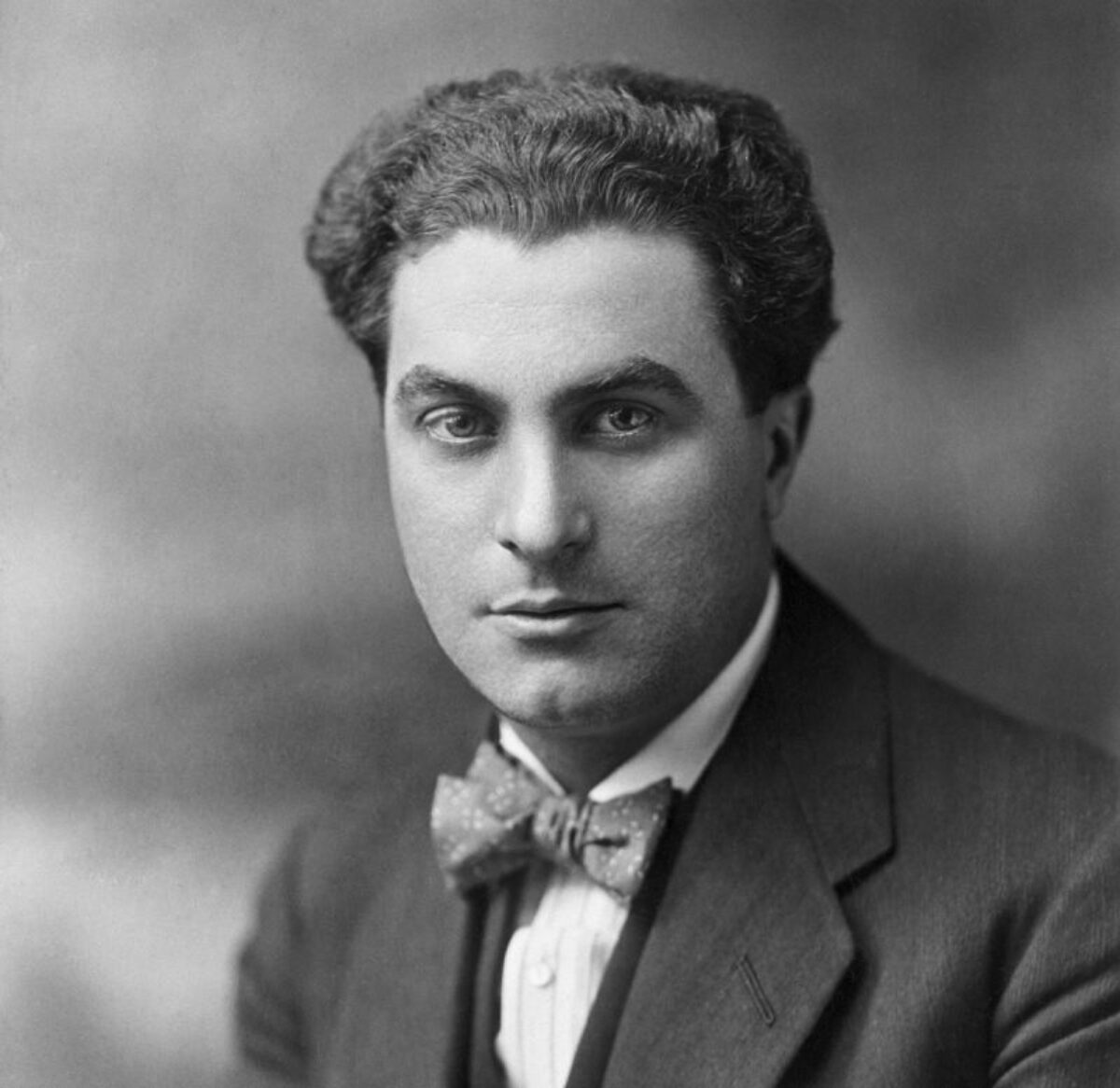
Edgard Varèse (1883–1965) was a French-born American composer and pioneer of 20th-century sound production, often called the “Father of Electronic Music.” His innovative works emphasized timbre and rhythm, and he envisioned music as “bodies of sound in space,” breaking away from traditional forms and themes.
Born in Paris, Varèse initially pursued music against his father’s wishes, moving to Berlin in 1907, where he was influenced by composers like Erik Satie, Claude Debussy, and Ferruccio Busoni. After immigrating to the United States in 1915, he composed Amériques, a groundbreaking piece completed in 1921 but not performed until 1926. Varèse also co-founded the International Composers’ Guild, which supported modern compositions from both American and European artists.
Varèse’s music pushed boundaries with dissonance, asymmetry, and the use of early electronic instruments like the Ondes Martenot and Theremin. In 1930, he composed Ionisation, the first Classical work for percussion ensemble alone, and returned to Paris to revise Amériques to incorporate newer technologies. His work consistently reflected his belief in electronic media’s potential to revolutionize music.
In 1958, Varèse gained international acclaim for Poème électronique, written for the Philips Pavilion at the Brussels World’s Fair. This multimedia composition combined sound, visuals, and spatialization, utilizing 400 speakers to deliver audio that moved dynamically through space – cementing his legacy as an innovator far ahead of his time.

Varèse’s emphasis on timbre, rhythm, and new technologies inspired a generation of young musicians, including Robert Lamm and Terry Kath from the band Chicago, John Zorn and Frank Zappa.
2. Daphne Oram
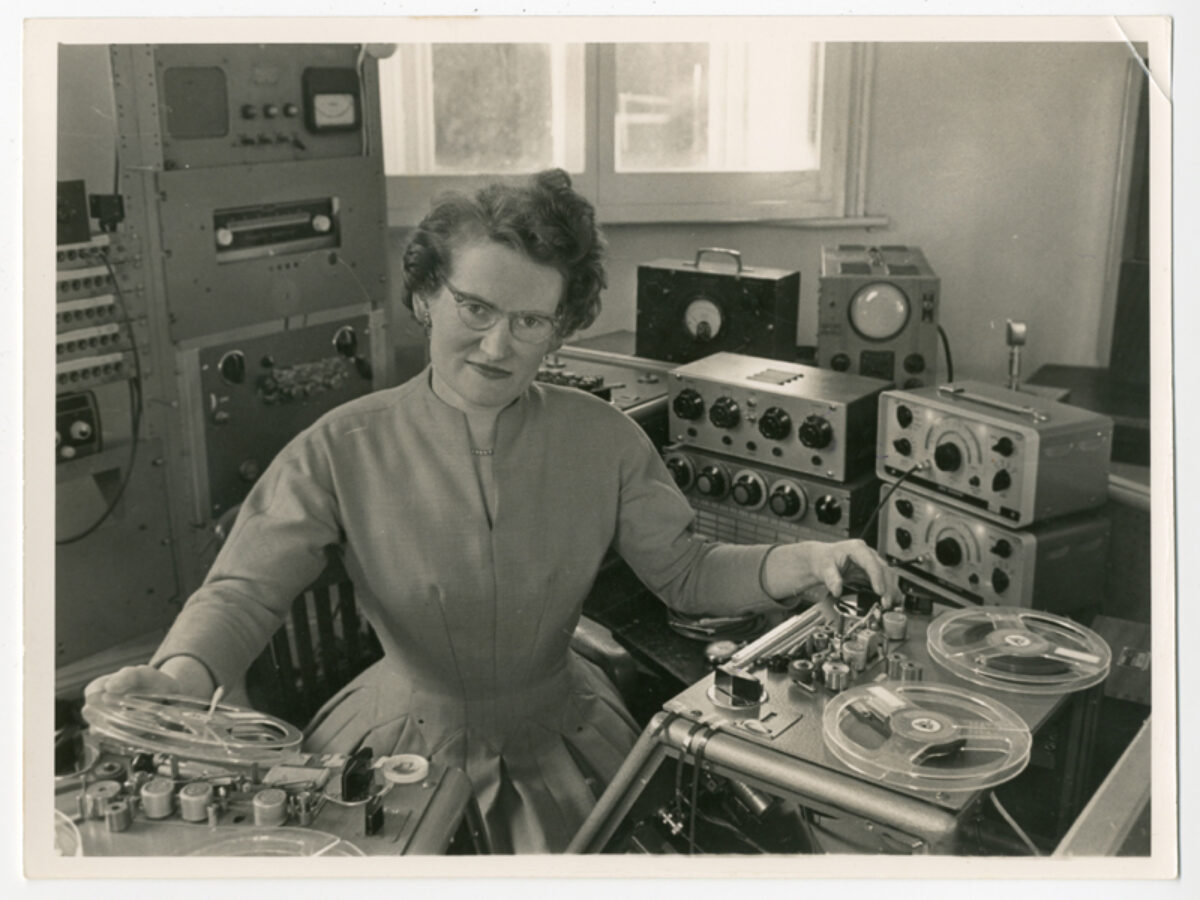
Daphne Oram (1925–2003) was a trailblazing electronic composer, inventor of the Oramics Machine, and a passionate advocate for electronic music as a legitimate art form. She co-founded the influential BBC Radiophonic Workshop and contributed significantly to the development of experimental sound techniques. Despite receiving an offer to study at The Royal College of Music in 1942, Oram chose to work as a Junior Studio Engineer at the BBC, where her career in electronic music began.
By the mid-1940s, Oram was composing music that combined acoustic orchestration with live electronics and turntables. She lobbied the BBC to provide electronic music facilities and began experimenting with musique concrète techniques, recording, manipulating, and looping tape sounds.
In the 1950s, her groundbreaking experiments with tape machines culminated in the creation of the BBC’s first wholly electronic score using sine wave oscillators, tape recorders, and filters. This growing demand for electronic sounds led to the establishment of the BBC Radiophonic Workshop in 1958, which Oram co-founded.
Disillusioned by the BBC’s focus on using the Workshop primarily for background music and sound effects rather than original compositions, Oram left the organization just one year after its founding. She set up her own studio, Oramics Studios for Electronic Composition, at Tower Folly. There, she explored her artistic vision more fully, composing works for radio, film, advertisements, exhibitions, and live performances. Her uncredited contributions even included sound effects for James Bond films such as Dr. No and Goldfinger.
Oram’s most notable invention, the Oramics Machine, was a revolutionary “drawn sound” synthesis and sequencing system. It allowed users to draw waveforms, pitches, and volume envelopes on film to generate sounds, embodying her innovative spirit and commitment to expanding the boundaries of electronic music. Today, she is remembered as a pioneer whose contributions helped shape the evolution of electronic music.

Throughout her career, Daphne lectured on electronic music and studio techniques. Her book, An Individual Note of Music, Sound and Electronics (1971), investigates the physics of sound and the emergence of electronic music in a philosophical manner.
3. Laurie Spiegel
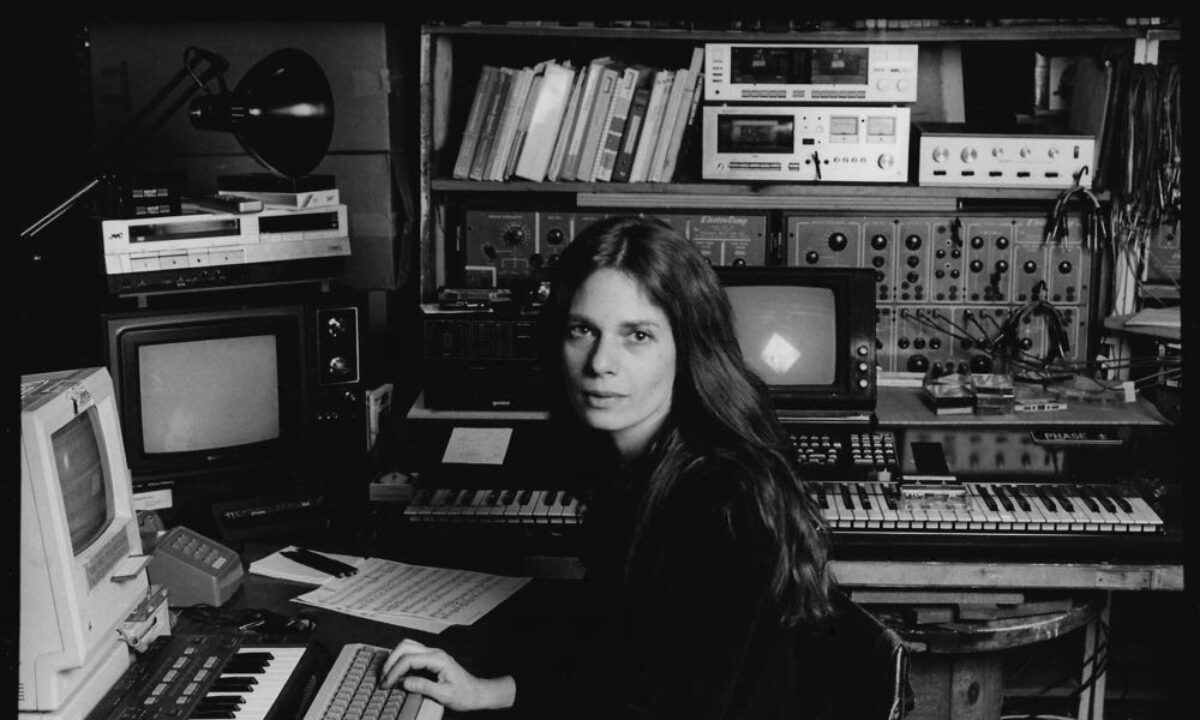
Laurie Spiegel (born September 20, 1945) is an American composer renowned for her electronic music compositions and groundbreaking algorithmic composition software, Music Mouse. Also a skilled guitarist and lutenist, Spiegel has been inducted into the National Women’s Hall of Fame. Her musical interpretation of Johannes Kepler’s Harmonices Mundi was included in the “Sounds of Earth” section of the Voyager Golden Record, launched aboard the Voyager spacecrafts in 1977. Additionally, her 1972 piece “Sediment” was featured in the 2012 film The Hunger Games.
After earning a bachelor’s degree in sociology, Spiegel studied music in London and composition at the Juilliard School in Manhattan. She became a pioneer in algorithmic composition, working with synthesizers like Buchla and Bell Labs’ GROOVE system, as well as digital systems like the AlphaSyntauri synthesizer for Apple II computers. Her most notable software, Music Mouse (1986), was an “intelligent instrument” for Macintosh, Amiga, and Atari computers, further solidifying her influence in electronic music.
Beyond electronic music, Spiegel has composed for piano, guitar, and small orchestras. Her contributions to contemporary music earned her the Foundation for Contemporary Arts Grants to Artists award in 2018, cementing her legacy as a trailblazer in both traditional and electronic composition.
4. Pierre Schaeffer
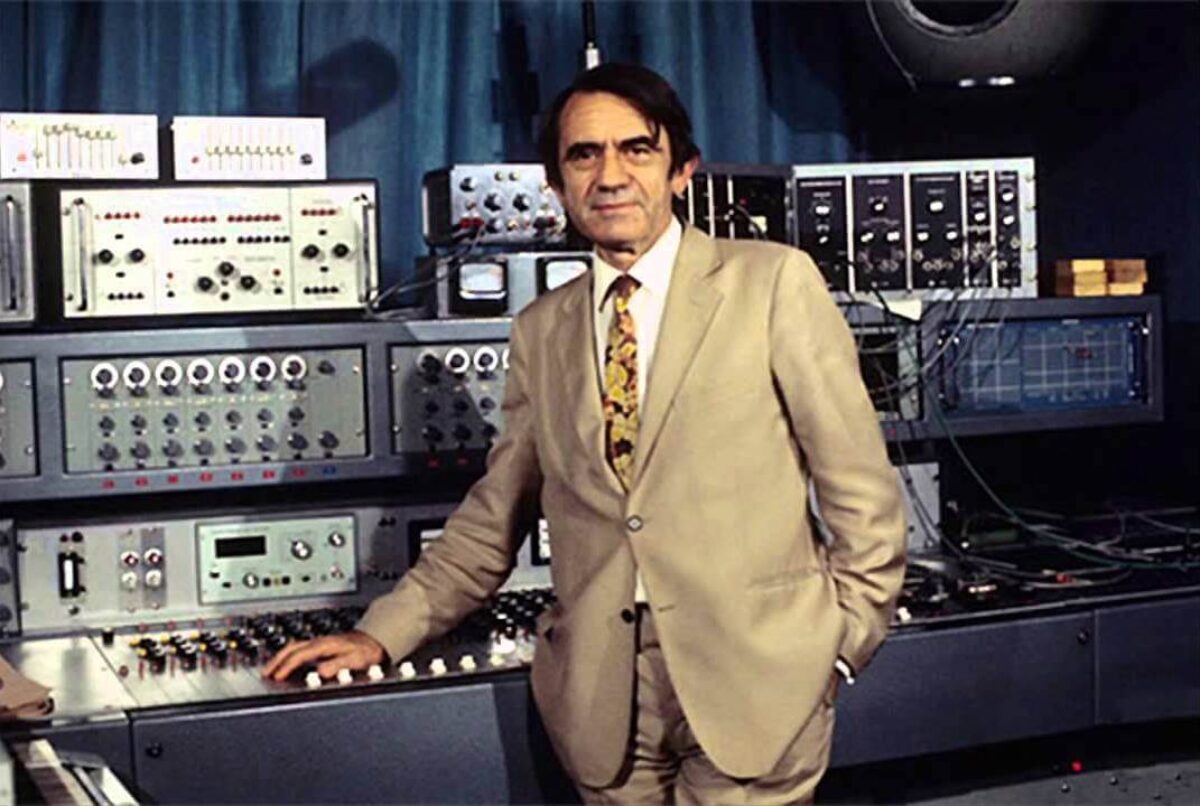
Pierre Schaeffer (1910–1995) was a French composer, acoustician, and electronics engineer widely regarded as the Father of musique concrète. This innovative genre emerged in post-war Europe, using new music technology to manipulate and modify recorded sounds through signal processing and tape techniques. Schaeffer pioneered the use of magnetic tape in music composition, revolutionizing modern music production.
In 1942, Schaeffer founded the Studio d’Essai (later Club d’Essai) in Radiodiffusion Nationale, France, which became a hub for both musical experimentation and French Resistance activities during World War II. He later established the Groupe de Recherche de Musique Concrète (GRMC) within the French Radio Institution, granting him access to advanced technology for his groundbreaking experiments. From 1968 to 1980, he taught at the Paris Conservatoire, mentoring composers like Éliane Radigue and Jean-Michel Jarre, who famously referred to him as the first disc jockey.
Beyond his musical contributions, Schaeffer wrote extensively about the philosophy and theory of musique concrète and produced essays, novels, plays, and biographies. His innovations in recording and sampling techniques laid the foundation for modern electroacoustic and electronic music, making him one of the most influential figures in experimental music history.
5. Raymond Scott
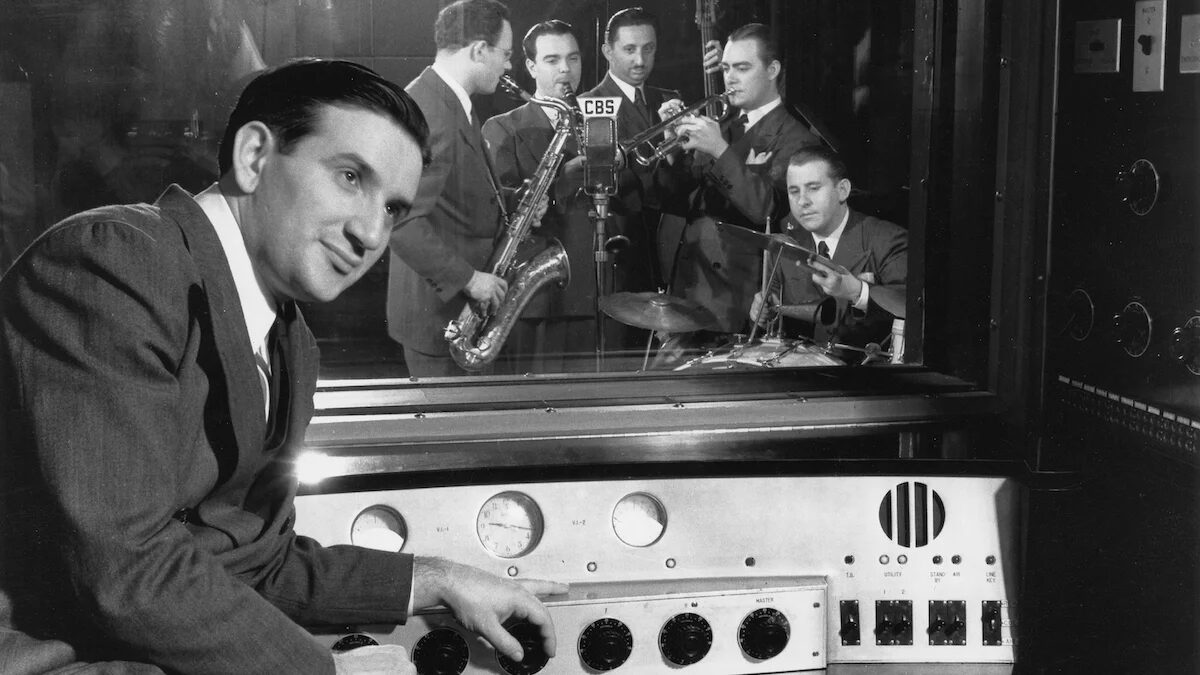
Raymond Scott (born Harry Warnow, 1908–1994) was an American composer, bandleader, pianist, record producer, and inventor of electronic instruments. While initially known as a composer of production music, Scott is now regarded as a pioneer of electronic music. His compositions gained widespread recognition after being adapted for Warner Bros. cartoons, including Looney Tunes and Merrie Melodies, and later appeared in The Simpsons, SpongeBob SquarePants, and more.
In 1936, Scott formed the Raymond Scott Quintette, which achieved instant success with its “descriptive jazz” style, blending swing music with innovative tempo changes and syncopated rhythms. Scott began his career as a pianist for the CBS Radio house band and soon expanded his focus to sound engineering. During recording sessions, he often worked in the control room, experimenting with acoustics and engineering techniques.
Scott was also a groundbreaking inventor of electronic instruments, designing devices like The Electronium, which could automatically compose and perform music using algorithmic processes – an early precursor to artificial intelligence. His innovations in electronic sequencing influenced figures such as Bob Moog, who designed circuits for Scott and credited him as a significant inspiration.
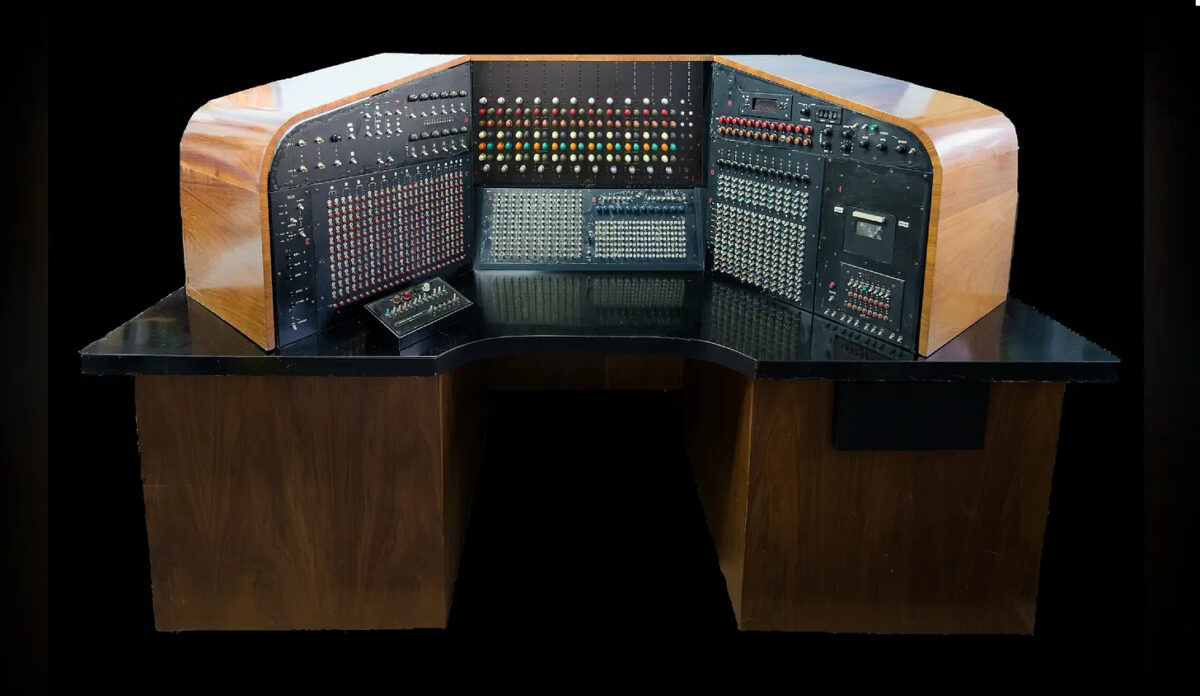
In the 1970s, Berry Gordy of Motown hired Scott as the director of the label’s electronic music and research department, a position he held from 1971 to 1977. Scott’s pioneering work in both music and technology shaped the future of electronic music and sound engineering.
6. Morton Subotnick
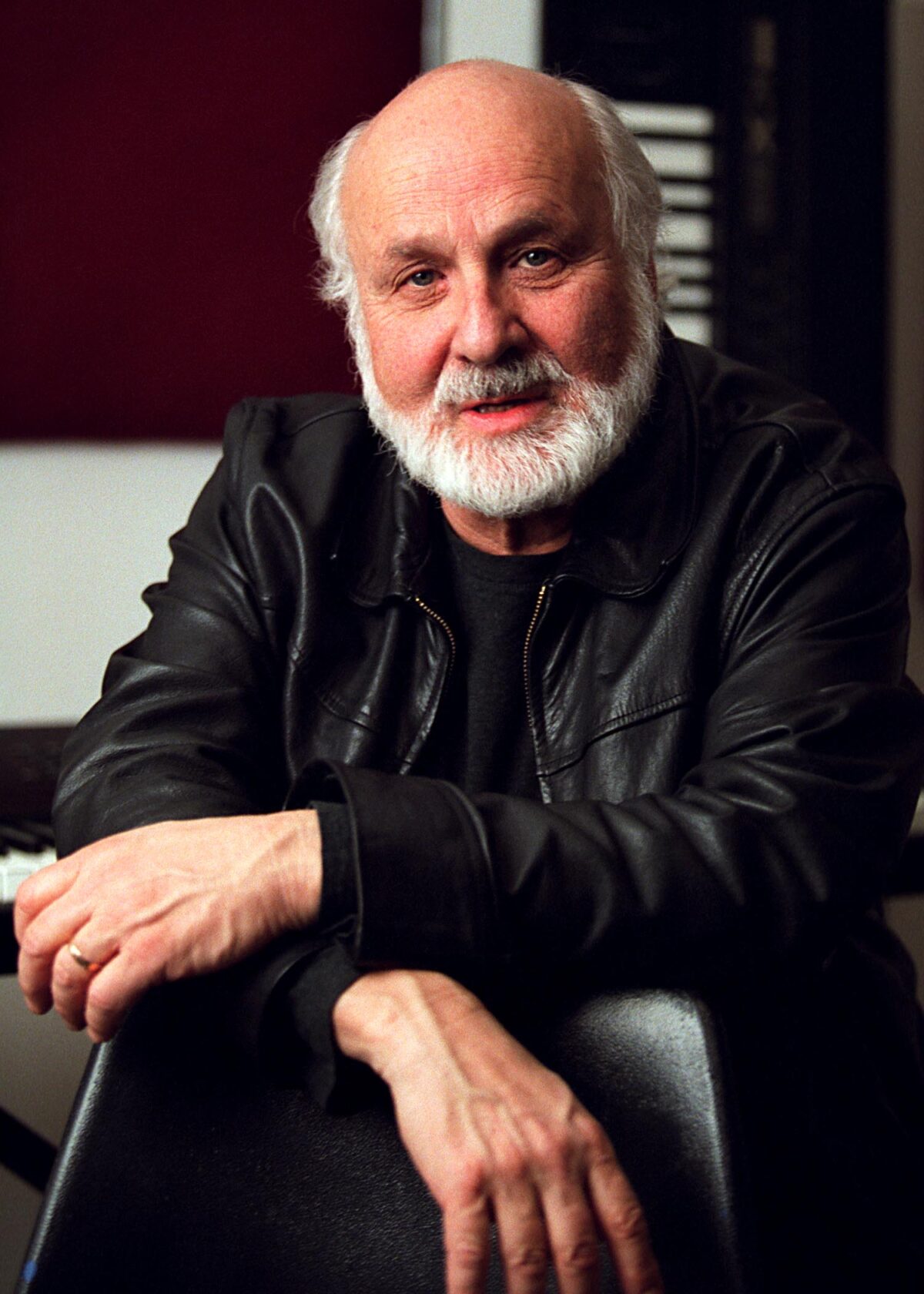
Morton Subotnick is one of the pioneers in the development of electronic music and an innovator in works involving instruments and other media, including interactive computer music systems. Most of his music calls for a computer part, or live electronic processing. Morton was among the first composers to work with electronic instrument designer Don Buchla. The work that brought Morton celebrity was Silver Apples of the Moon. Written in 1967 using the Buchla modular synthesizer, this piece contains synthesized tone colors that were striking for its day, and a control over pitch that many other contemporary electronic composers had relinquished.
In 1969, Morton was invited to be part of a team of artists to move to Los Angeles to plan a new school. Morton co-created the now famous California Institute of the Arts, and became the Associate Dean. He remained Associate Dean of the music school for four years and when he resigned from that position, became the head of the composition program. A few years later, he created a new media program for the school that introduced interactive technology and multimedia into the curriculum.
Where previous electronic music had used non-traditional structures, Morton’s electronic compositions are structured more like the classical music for acoustic instruments with which audiences are familiar, but with nontraditional timbres and pitch manipulations no orchestra could produce.
7. Wendy Carlos

Wendy Carlos (born November 14, 1939) is an American musician and composer renowned for her electronic music and film scores. She studied physics and music at Brown University and later music composition at Columbia University, where she met Robert Moog and helped develop the Moog synthesizer.
Carlos rose to fame with Switched-On Bach (1968), an album featuring Johann Sebastian Bach’s music performed on a Moog synthesizer. The album became a groundbreaking success, winning three Grammy Awards and becoming the first electronic album to go platinum in the United States.
During this period, Carlos began transitioning under the care of Dr. Harry Benjamin, a pioneer in transgender healthcare. In 1969, while performing live with the Saint Louis Symphony Orchestra, she disguised herself as a man due to her appearance changing from hormone treatments. Although the performance was a success, the experience contributed to her decision to withdraw from public performances. The overwhelming success of Switched-On Bach also brought immense pressure, and Carlos retreated to her studio, avoiding public life due to fears of ridicule and potential harm.
Despite her reclusiveness, Carlos continued to innovate in electronic music, releasing more albums and composing iconic film scores, including Stanley Kubrick’s A Clockwork Orange (1971) and The Shining (1980), as well as Disney’s Tron (1982). Her contributions to music and technology have left a lasting legacy, and she is celebrated as a trailblazing artist and visionary.
7. Suzanne Cianne

Suzanne Ciani is a trailblazer in electronic music in the United States. After earning a master’s degree in composition at UC Berkeley, she collaborated with pioneers John Chowning and Max Matthews before working with synthesizer designer Don Buchla in the early 1970s. Her expertise with the Buchla synthesizer launched a successful career as a synthesist and commercial sound designer, creating iconic sounds for commercials and video games throughout the decade.
She became the first woman to score a major Hollywood film, The Incredible Shrinking Woman, and later pursued a solo career, blending electronic and acoustic instruments in her work. Her instrumental albums earned five GRAMMY nominations and numerous accolades. In recent years, Suzanne returned to her electronic roots, performing solo modular synthesizer concerts, including a prominent appearance at Moogfest 2016.
Appointed as an Ambassador of Artistry in Education at Berklee College of Music for 2016–2017, Suzanne worked directly with students and faculty to create interdisciplinary projects and connect Berklee with the broader music and art worlds. In 2017, the documentary A Life in Waves was released, showcasing her groundbreaking contributions to music and sound design.
Be inspired by electronic music pioneers
The history of the pioneers of electronic music is fascinating, and their contributions have influenced every modern sound in music today. Now that you know more about the people who created electronic music, it’s time to start creating your own. Writing electronic music is much easier nowadays than it was in the days these creators began composing and recording. If you’d like to get started writing your own music, get your copy of Komplete Start for free and start composing today!
